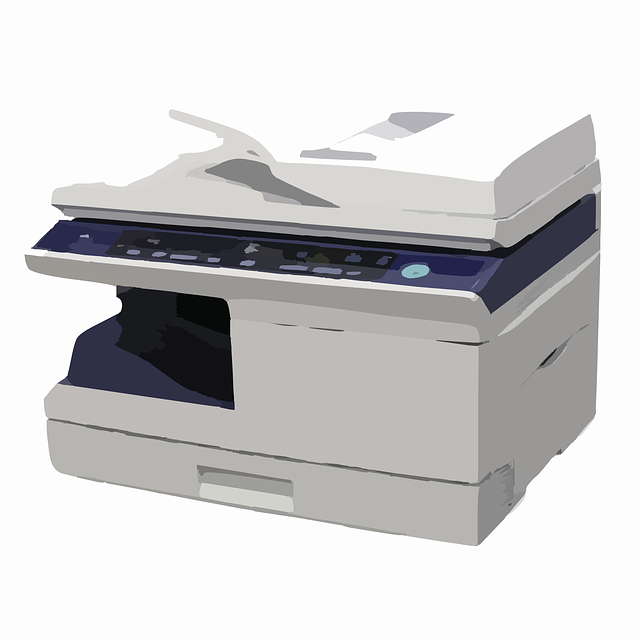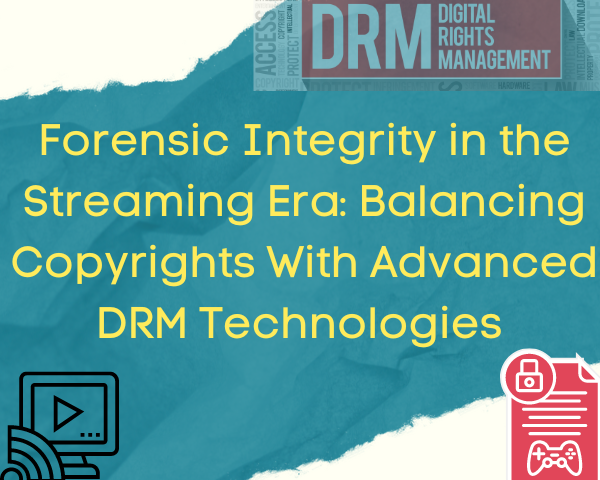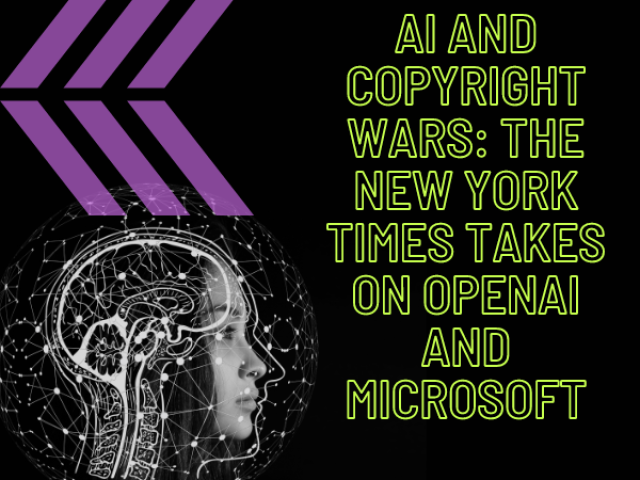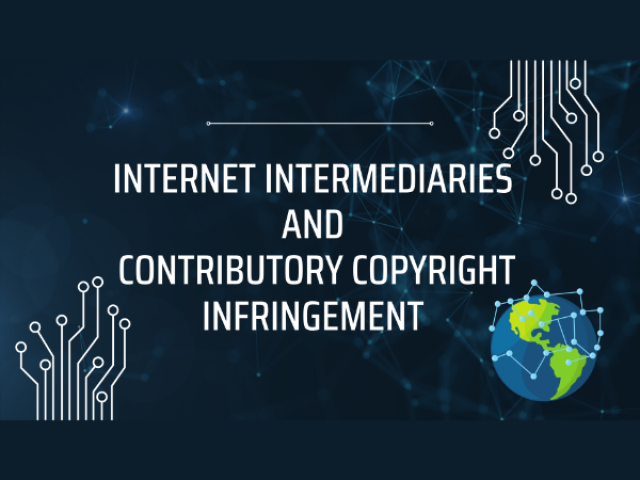Copyright is governed under the Copyrights Act, 1957. What is copyright? It gives a monopoly right to the author of the literary, dramatic artistic, musical work. Recently, copyright for the purpose of education has been in debate among the common people.
On 16th September 2016, the Delhi Court gave the judgment in the case between the Rameshwari Photocopy, Delhi University and Oxford University Publisher (OUP) with Cambridge University publisher (CUP). The case was about the copyright infringement by the authorized photocopy centers of the Delhi University of the books of the CUP and the OUP. The suit was filed in the district court which granted an injunction in favour of the publishers. When the case came before the High Court in the previous month, the court dismissed the case of the publishers.
The High Court propounded a doctrine that the copyright is not a divine right which gives absolute ownership over the subject matter. It is subjected to the fair dealing doctrine. Section 52(1)(i) was invoked by the university and other parties to get the exception. The court turned the absolute exception into a controlling norm. It emphasized on the access to education. Copyright must be invoked to spread education and not to hinder its growth. The students and the university argued that the prices of the book are exorbitant and limited in number. Therefore in order to study the course, materials are required which are compiled in the course packs. The court enlarged the ambit of educational instruction in the manner that it is not only confined to the four walls of the classroom but also it goes beyond that. The course packs can be used for preparation for a lecture, after the lecture, during the exams etc.
The court emphasized on the US approach to the “fair use” of the copyrighted material. The judgment has been welcomed by the student fraternity as well as the educational institutions. But the thing that is still unclear is that whether the judiciary has the power to turn the exception into a norm. The legislature has made the statute with some object and purpose. For an example allowing massive photocopy of the published material will definitely infringe copyright as the rights of the publishers are infringed, whether the reason is education or something else. The court has not made clear whether the doctrine of fair use is applicable or the doctrine of fair dealing.
If the judgment in read in whole, it will seem from the beginning to the last the court was prejudiced to the publishers. This judgment may disincentivize the publishers in future conduct. There is some significance of the copyright as well. The rights of the publishers should have been taken care of even if it is minimal loyalty.




